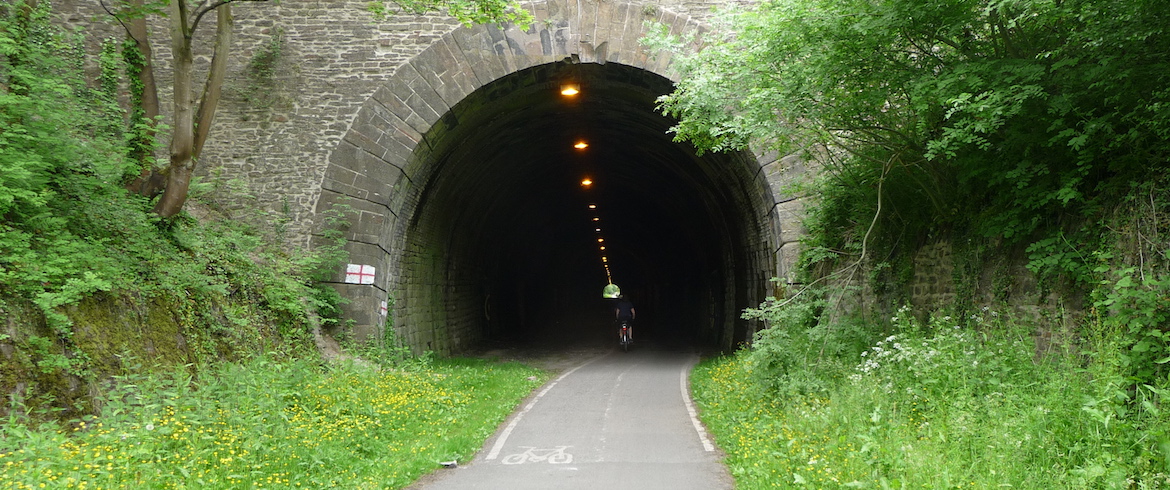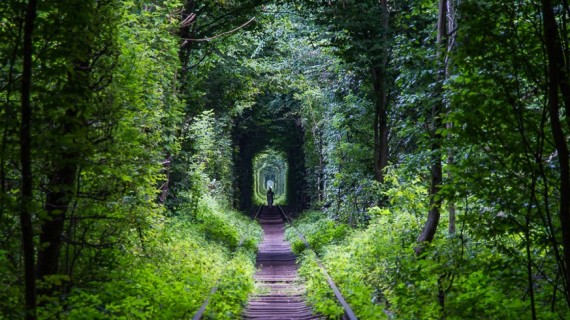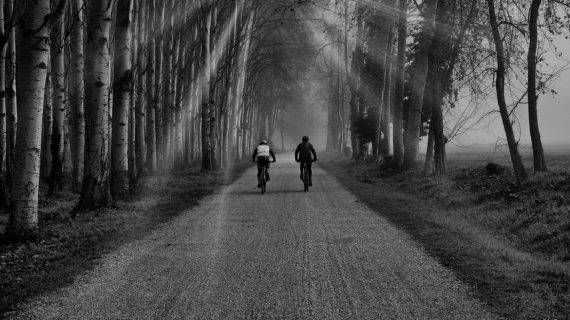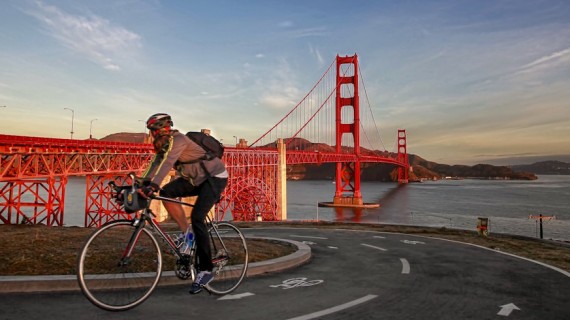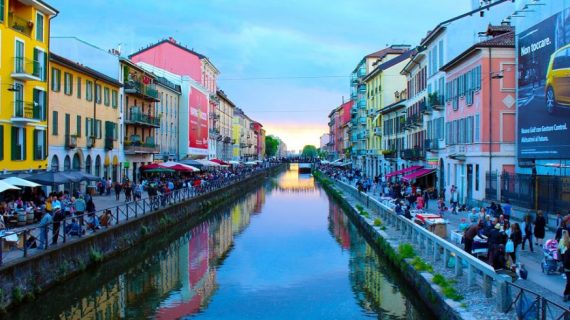Abandoned ancient tracks become new walking routes, trails that meander in nature, away from traffic. Discover the Greenways!
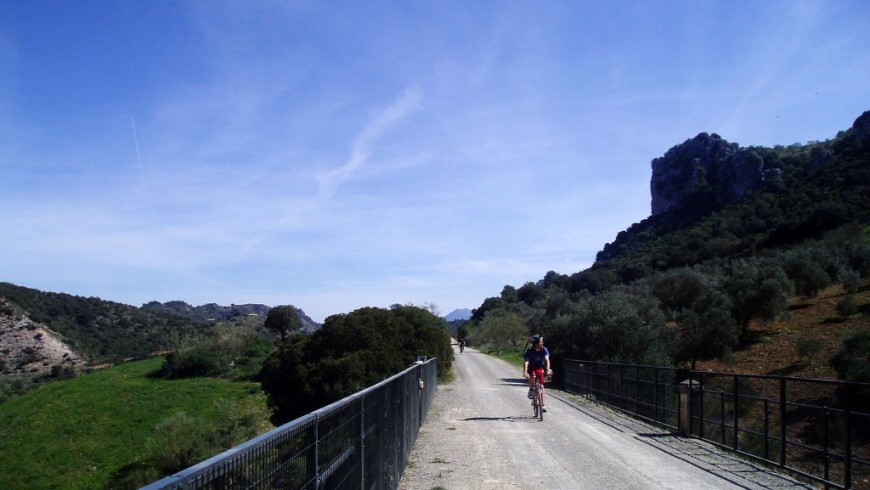
The first ecological ways born from the restoration of disused railway lines are located in the United States. It is precisely here that in the first half of the ’60s the first greenways, and in 1986 the Rails-to-Trails Conservancy came to life, an association that promotes the recovery of the immense disused railway heritage. The US is therefore the pioneers of the greenways, with their 1931 rail trail, for a total of 37,750 kilometers.
There is the John Wayne Pioneer Trail, which passes from the state of Washington and is the longest one with 480 km. Then there is the W&OD Railroad Trail in Virginia which is one of the busiest with an average of 3 million users per year.
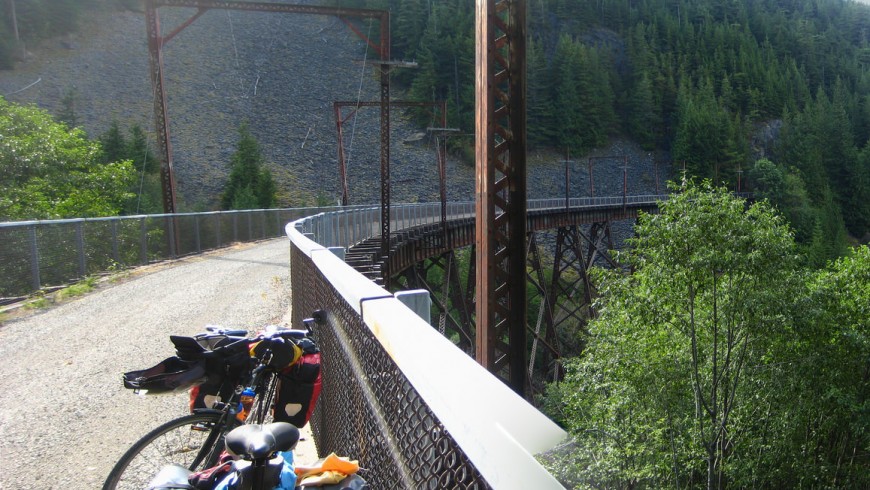
We move to Europe where the first greenways were born in the late ’80s, in the United Kingdom. Here you can walk or cycle along the Bristol&Bath Railway Path, which was among the first work of recovery of a disused railway. Also Spain and France have over the years invested in greenways: the Via Verdes are 117, while the French Vélorail are 90.
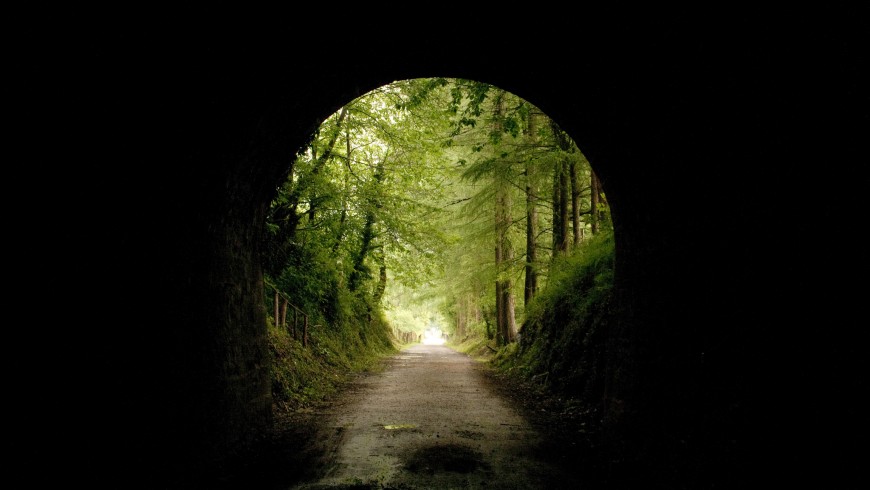
Features and benefits of greenways
The greenways around the world have in common several aspects: being separated from the ordinary road network (they are almost always abandoned railways, but can also be towpaths of rivers or other paths) and dedicated exclusively for non-motorized users, they are safe and accessible; thanks to general moderate slope, it’s easy to enjoy the trails in a slowly way; besides recovering rail lines also the service facilities along the way will be recovered and so, for example, the train stations become dining options.
And the benefits? They are many, and we start with the promotion of a new form of tourism, an active, responsible and sustainable one. But greenways also contribute to the development of the less-known, far from mass tourism, region and they give citizens new spaces for outdoor activities with beneficial effects on their health.
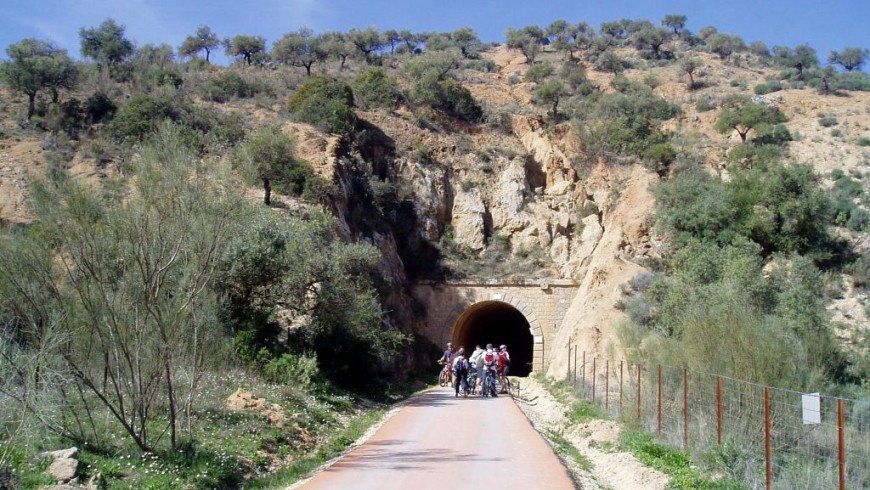
The Greenways in Italy
If the greenways around US and Europe are now well established, what is the Italian situation? The railways that are no longer used in the Italian territory are so many, but still a few have been made accessible in sustainable way. There are some individuals engaged in the promotion of the greenways in Italy, such as the Italian Greenways Association Onlus, but there’s not a national vision that would make possibile the recovering of disused railways and the promotion of sustainable tourism in the country, with huge economic and environmental benefits. Among those greenways that have been created, we recommend you the former Treviso-Ostiglia railway, transformed into a beautiful cycle path. It is 118 km long and runs throughout Veneto region, to arrive at the edge of the Po river. But there is also the Spoleto-Norcia in Umbria, or the Ospedaletti-Imperia, in Liguria.
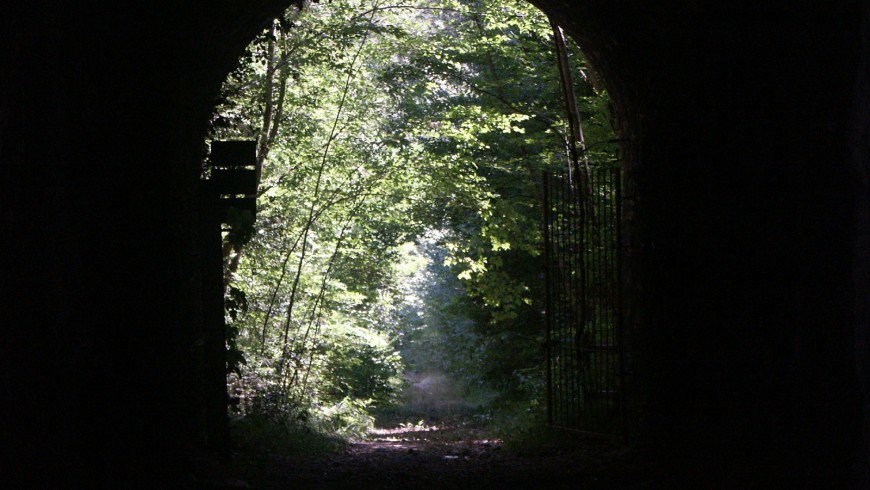
Cover photo by Dan Benton via Flickr
